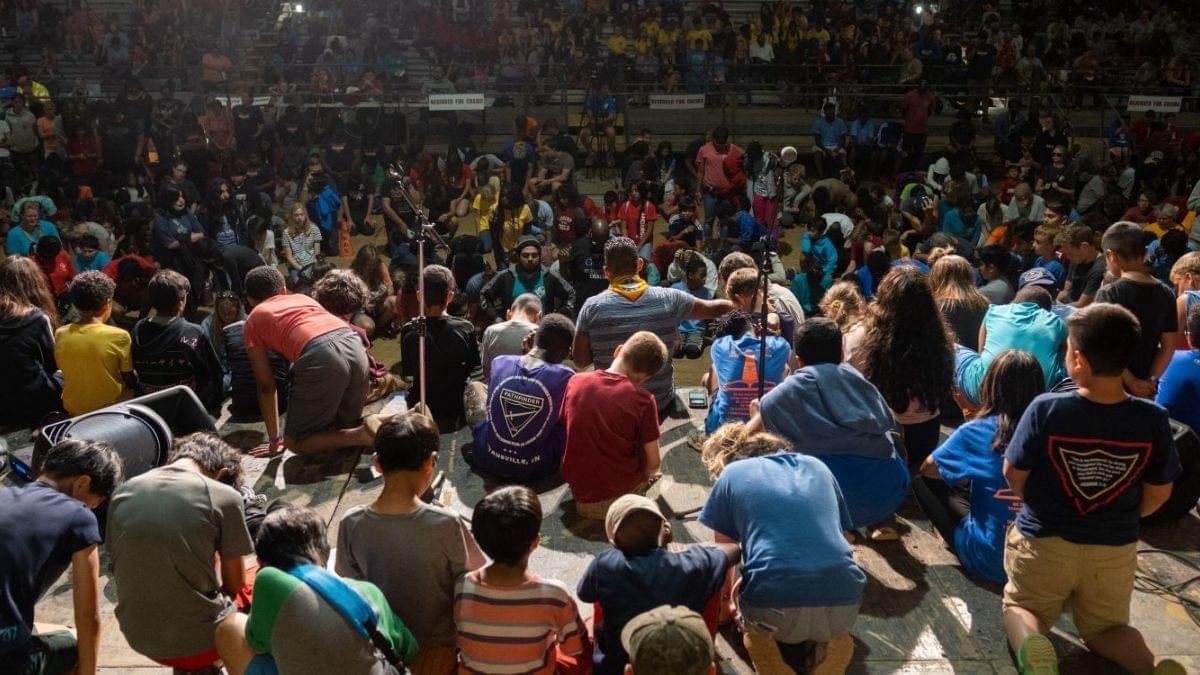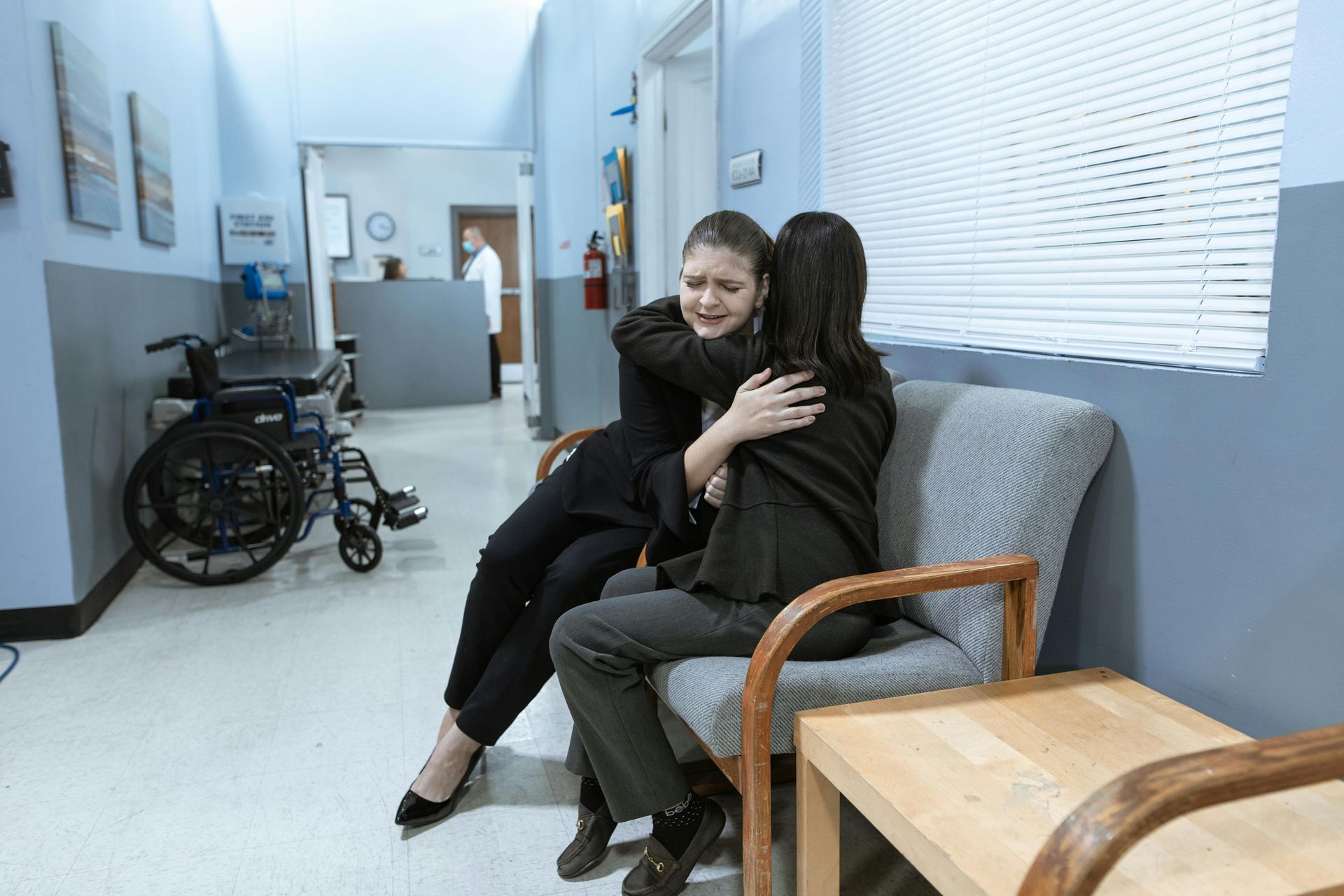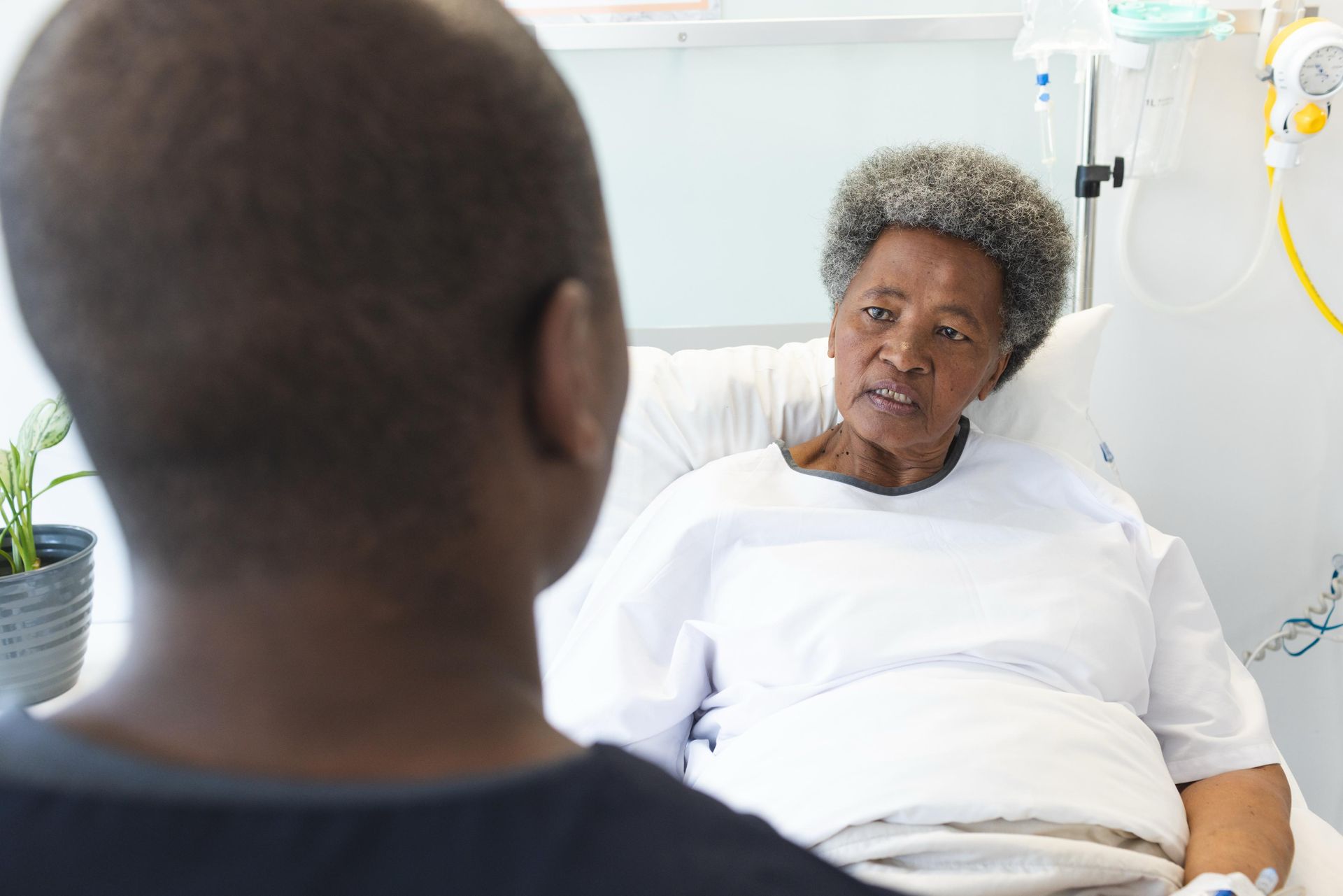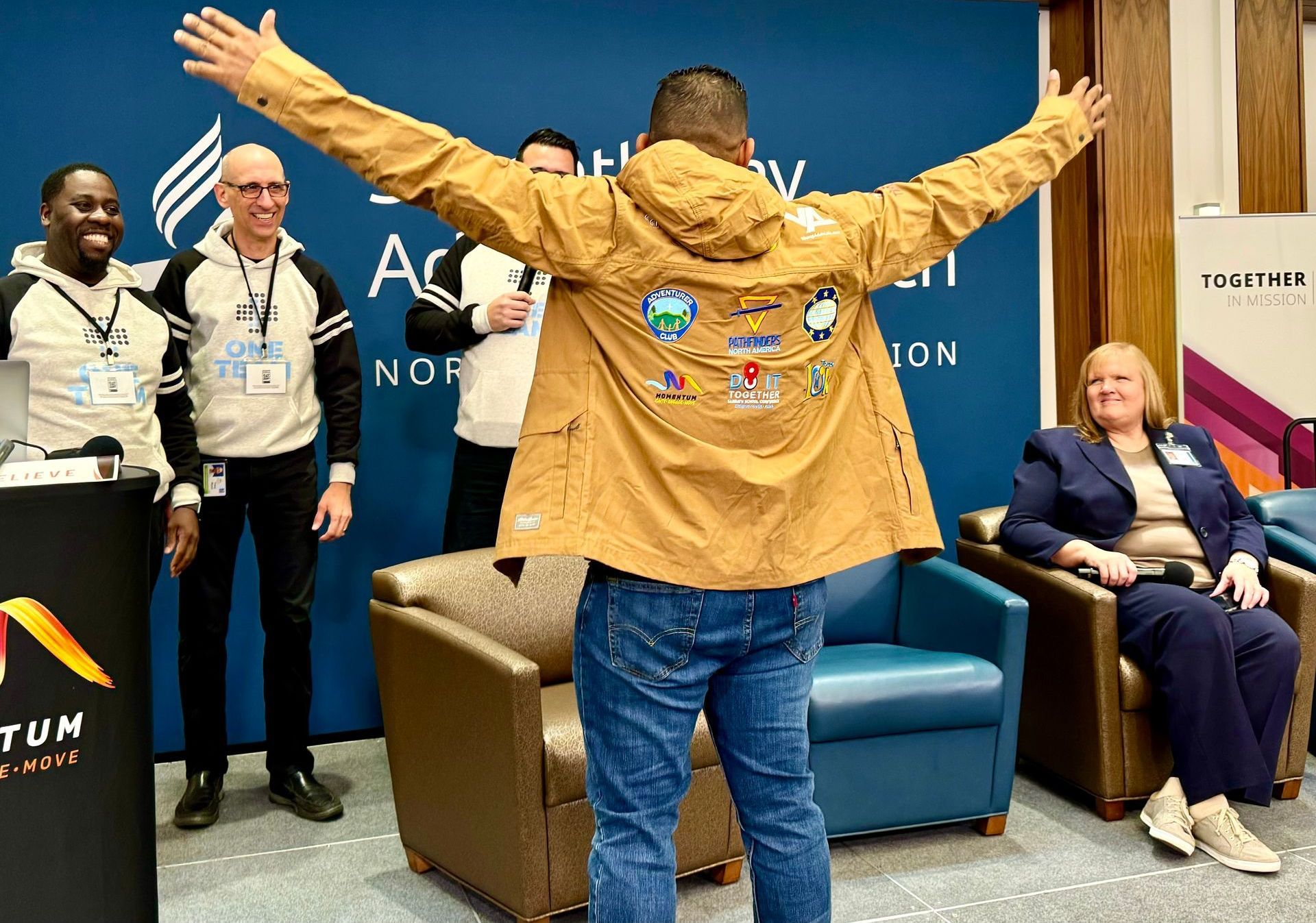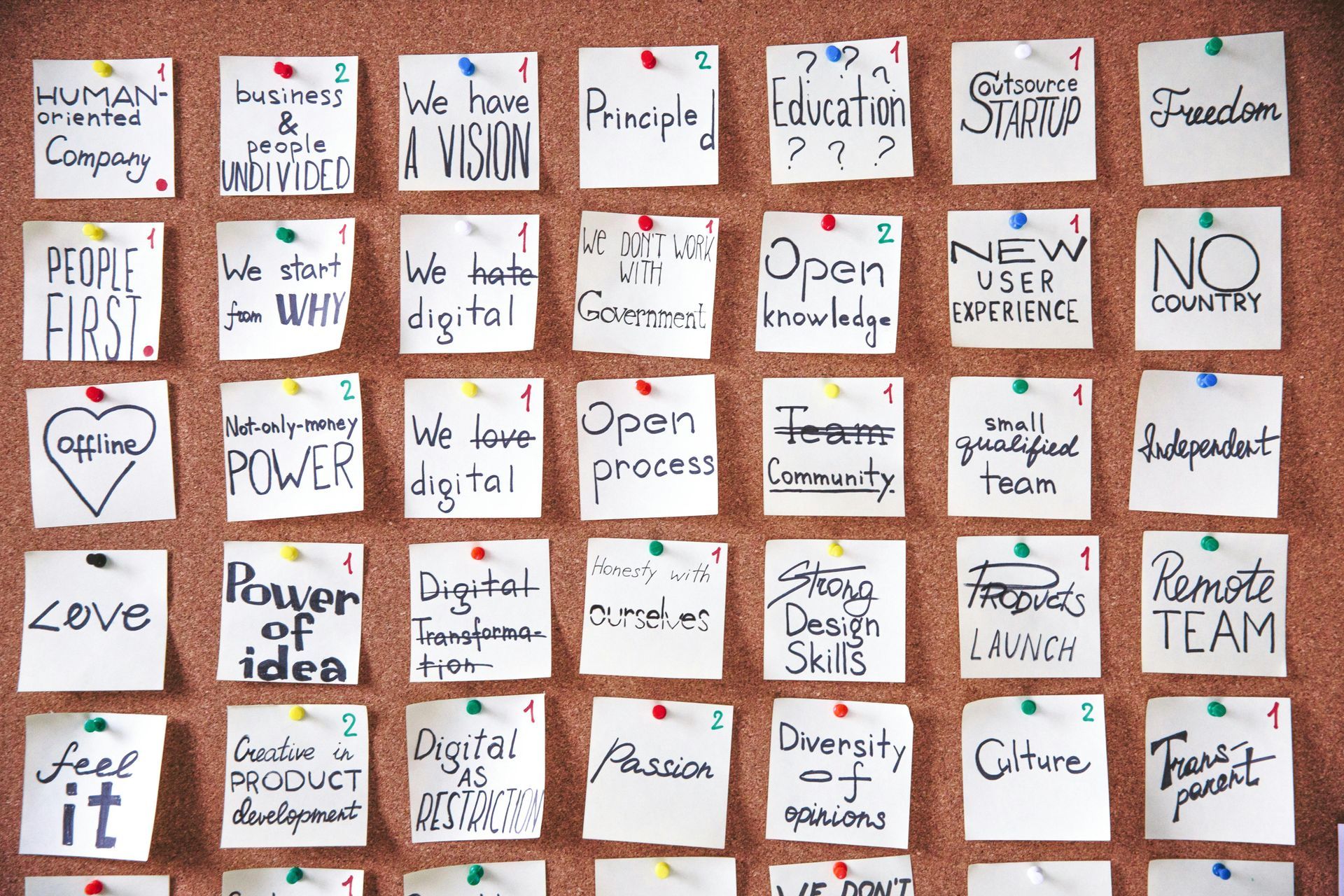RECENT BLOG

“Young men and women are invited to be missionaries for God. They are called to service, not ease.”
— Ellen G. White, Messages to Young People, p. 197
Generation Z, those born roughly between 1997 and 2012, are the most connected, informed, and socially aware generation in history. They are also spiritually curious, though not always religious. They scroll through questions of identity, justice, purpose, and truth daily. They are skeptical of institutions, but hungry for authenticity. They do not want to be spectators, they want to build something that matters.
The question is not,
“Can we reach Gen Z?”
The real question is, “Are we willing to meet them where they are and call them where God wants them to go?”
Here are five ways to reach Generation Z and invite them into mission, not just as supporters, but as builders, leaders, and catalysts.
1. Speak Their Language, Keep the Message Clear
Gen Z communicates through short videos, visuals, and authenticity. They do not need us to water down the gospel, but they need us to speak it in a way that is relevant and real.
In Germany, I once sat with a group of teens after worship. One boy said, “I want truth, but I want to feel it, not just hear it.” That reshaped how I preached the next day. I used story, Scripture, and honest emotion. The response was powerful, not because of eloquence, but because I connected.
Tip: Use visuals, real stories, and creative tools. Be genuine. This generation values honesty over perfection, connection over performance.
2. Create Belonging Before Expecting Belief
“Christ drew the hearts of His hearers to Him by the manifestation of His love.”
— Desire of Ages, p. 826
Gen Z longs for connection. In a world filled with loneliness, performance pressure, and noise, they crave community that feels like family.
In South Korea, I met a group of young people who met weekly—not for sermons first, but for food, music, and honest conversations. That safe space became a launching pad for spiritual growth and local outreach.
Tip: Build trust before giving assignments. Make your youth spaces relational, not transactional. Let them know they are seen and heard.
3. Invite Them to Lead, Not Just Help
“Let them feel that they have a part to act in the work of reform.”
— Messages to Young People, p. 204
This generation does not just want to join programs. They want to lead movements. They want to make a difference.
In Brazil, we asked the youth what they wanted to do for their community. Within two days, they organized a blood drive, led street prayers, and planned a service project—on their own. When we trust them, they show up with bold ideas and deep compassion.
Tip: Let them lead worship, organize outreach, speak up in planning meetings, and take creative risks. Let them shape the vision, not just follow it.
4. Help Them Connect Passion With Purpose
Gen Z cares about injustice, mental health, the planet, and people. The church must help them understand how their passion can be used for kingdom impact.
In Kenya, a teenage girl with a passion for clean water started fundraising and awareness campaigns through social media. She partnered with ADRA and organized a clean water project for a village near her home. That was her mission—real, tangible, and life-giving.
Tip: Show them that the mission includes healing, innovation, advocacy, and creativity. Mission is not limited to preaching. It includes restoring hope and bringing light wherever they are.
5. Lead by Example, Walk With Them
Gen Z follows people, not titles. They want mentors, not managers. They want to see faith, not just hear about it.
In Argentina, I spent time with a youth pastor who never missed rehearsals or campouts. He did not just speak on stage, he was in their group chats, their prayer circles, their real life. The youth followed him because he lived what he preached.
Tip: Be consistent, present, and transparent. Your faith journey speaks louder than any program. Be someone worth following.
🌍 A Generation Ready to Rise
This generation is not the future—they are the now. They are watching, listening, creating, and searching. They are full of potential and purpose, waiting for a mission that matters.
“God is calling for men and women and youth to enlist in His army. Their efforts are to be united with the efforts of older workers, so that the truth may be carried into new fields.”
— Evangelism, p. 23
💬 Final Thoughts
Whether they are creating content, building community, or standing for justice, Generation Z is not waiting for permission. They are waiting for invitation and mentorship.
Let’s call them higher. Let’s lead with them, not just for them. Let’s show them that the mission of Jesus is the adventure of a lifetime.
✍️ About the Author
Andrés J. Peralta is a global youth leader, Navy chaplain, and international speaker who has equipped and mobilized young people in over 100 countries. His heart beats for seeing youth step into their calling and lead with courage.
Related Articles
Related Articles
